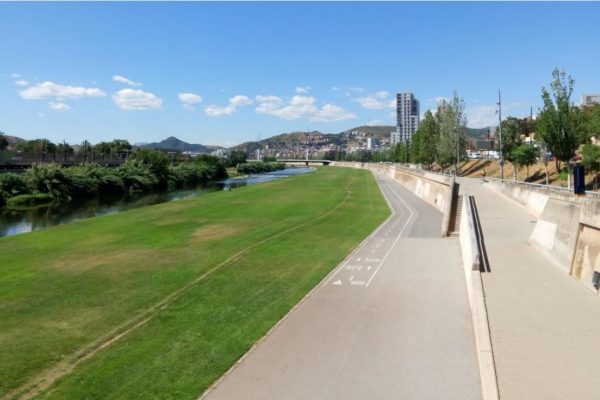This study has assessed the role that physical activity plays in connections between blue space and health, finding that living near to blue spaces is linked with improved health and wellbeing, and that the benefits of coastal living are in part due to participation in outdoor physical activities such as walking.
Using Health Survey for England data for 21,097 people, the paper specifically explores how weekly levels of physical activity contribute to relationships between blue space and self-reported general and mental health.
The authors’ analyses revealed that walking—by far the most common type of physical activity and less susceptible to socio-economic or demographic differences—is more common nearer the coast, and partly accounts for why living close to the sea is related to better general and mental health.
Having freshwater blue spaces (such as rivers and lakes) in the neighbourhood was also linked with better mental health but was not affected by physical activity, suggesting other factors could be more important.
Whilst water sports were more frequently enjoyed among those living within 5kms of the sea, relatively few individuals in England engage in them and the paper finds no clear link to improvements in population health.
Overall, the research finds that those who live closer to the coast conduct more outdoor physical activity (especially walking) and feel healthier than those living over 50 km away.
The cross-sectional nature of the data means that more longitudinal research (which follows people over time) is needed to determine whether more active and healthier people tend to move closer to the coast or if it is coastal proximity that encourages people to be more physically active and, consequently, healthier.
Access the full paper in the journal Environment International here.








